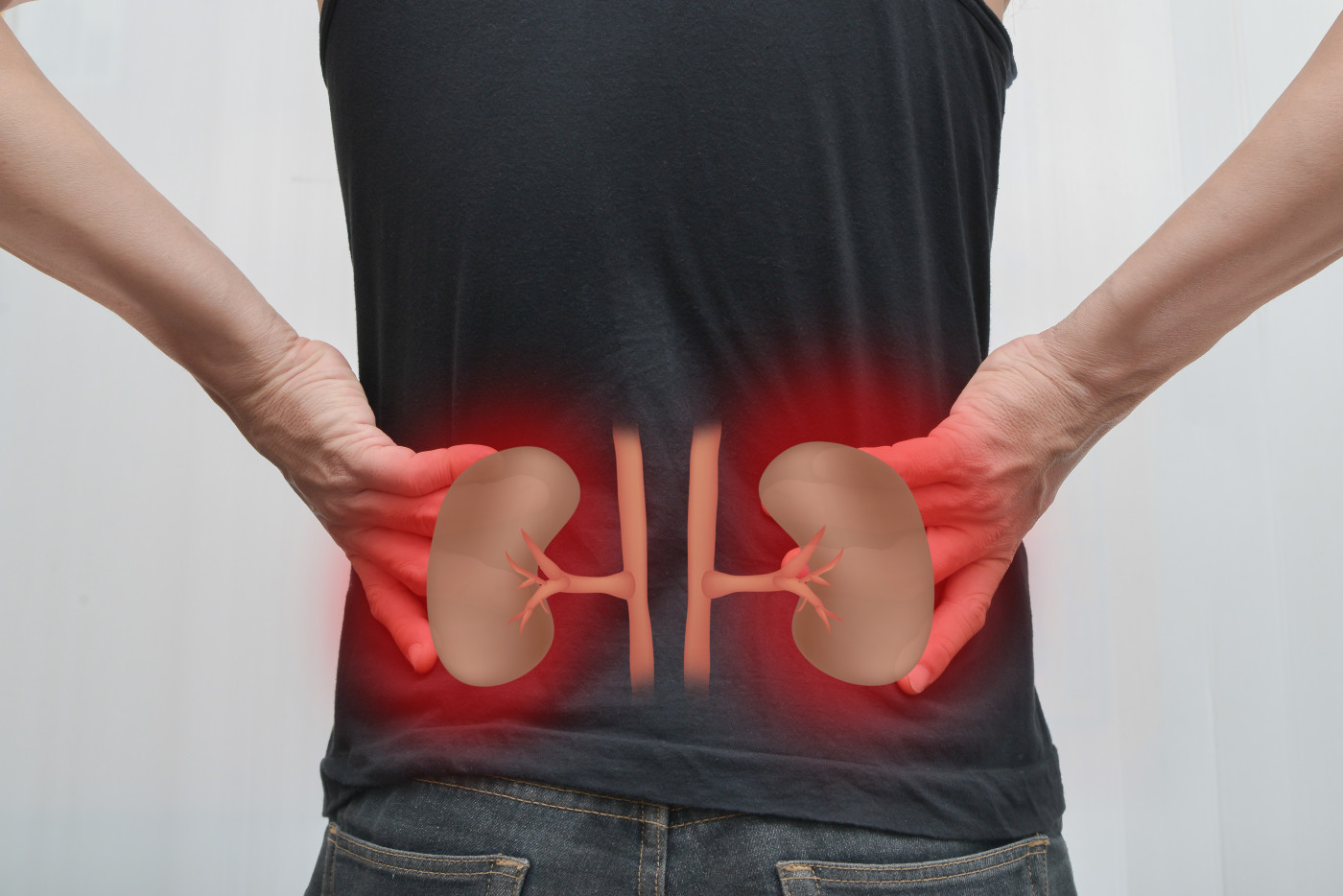Renal Function Decline Linked to Higher Risk of PH in Kidney Disease

Poor renal function is linked to an increased prevalence of pulmonary hypertension (PH) in patients with chronic kidney disease (CKD), a retrospective study suggests.
The study, “Epidemiology and risk factors in CKD patients with pulmonary hypertension: a retrospective study,” was published in the journal BMC Nephrology.
PH was recently identified as a common complication secondary to CKD, but few studies have investigated its prevalence in different stages of kidney disease.
So researchers conducted a retrospective analysis of complete clinical records from 2013 to 2015 of 705 CKD patients.
PH was diagnosed via echocardiography, a common noninvasive test that uses sound waves to create moving pictures of the heart, and was defined as a pulmonary artery systolic pressure (PASP) higher than 35 mmHg.
The analysis showed an overall prevalence of pulmonary hypertension of 47.38% in this population of CKD patients. The prevalence of PH increased with the stage of CKD (the higher the stage, the worse the patient’s condition) — stage 1 patients had a prevalence of 14.29%, while those at stage 5 showed a PH prevalence rate of 64.47%.
Based on this observation, researchers wrote, “we found that the prevalence of PH was increased with the deterioration of renal function.” But the team failed to detect a link to the severity of pulmonary hypertension.
Researchers included in their analysis several parameters of patient profiles, including age, gender, body mass index (BMI), and the type of medication used. They also analyzed the causes for CKD, lab tests and other blood parameters.
The analysis revealed that several factors — BMI, hemoglobin, triglyceride, proteinuria (high protein content in urine), parathyroid hormone, and poor renal function (determined by the estimated glomerular filtration rate, eGFR) — were independent risk factors of PH in CKD patients.
The prevalence of PH was also found to be much higher in kidney disease patients undergoing dialysis compared with non-dialysis patients, affecting 57.63% and 58.82% of patients receiving either peritoneal dialysis or hemodialysis, respectively.
In hemodialysis, the blood is filtered in an artificial kidney machine located outside the body, after which the blood is introduced back into the body.
In peritoneal dialysis, the inside lining of the patient’s own belly, a membrane called peritoneum, is used as a natural filter. A cleansing fluid (dialysate) is inserted into the abdominal cavity where it absorbs the waste in blood vessels and is then washed in and out of the belly in cycles.
Overall, the team concluded that “the prevalence of PH is increased with the deterioration of renal function … which has no direct relation to the severity of PH.”







